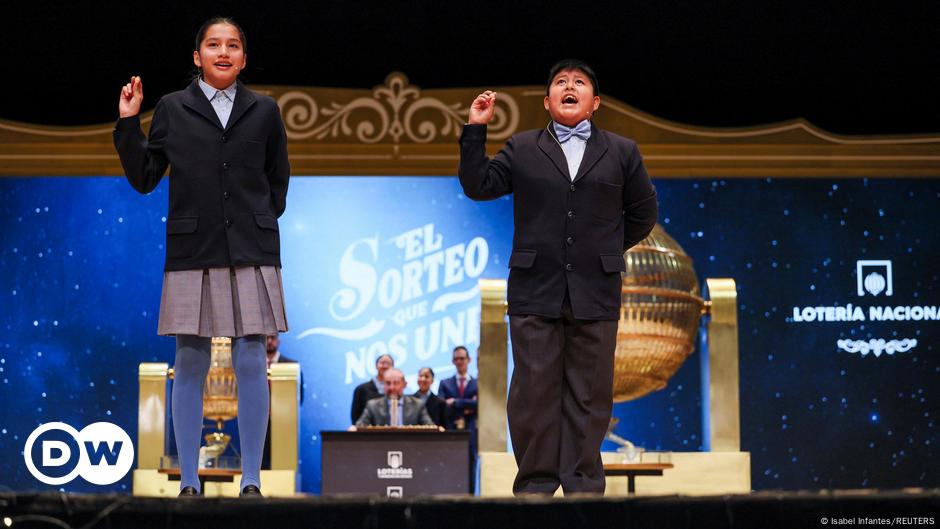Sports
Tennis’ powerbrokers have big plans. Their ideas might not be good for the sport.

What is a tennis Grand Slam? What the term means and who has won it.
You might be surprised to know the term Grand Slam is often misused in tennis. Here are the players that have won a tennis Grand Slam.
The overlords of professional tennis have some big plans − big for their pocketbooks, big for their power over the sport and big for a group of players at the top who already enjoy a pretty comfortable life on tour.
Big for fans? Big for players trying to break into the top 100? Big for tennis generally as a sport with a robust worldwide following?
That remains to be seen − and there’s plenty of reason to be skeptical of the way the four Grand Slam tournaments might be trying to commandeer control over the entire tennis calendar.
According to a report Tuesday in The Athletic, more meetings will take place this week around the event in Madrid as the leaders of the four Grand Slam tournaments try to sell players and agents on their version of tennis’ future.
And it will undoubtedly be a compelling vision: Fewer tournaments, a longer offseason and more money − including equal pay for men and women − with the creation of a premium tour centered around the four Grand Slams and 10 other big events around the world.
On the surface, it sounds great. Who doesn’t want to work less for better pay? By pooling the media rights of the four biggest tournaments in the world − the Australian Open, the French Open, Wimbledon and the U.S. Open − along with some Saudi investment, no doubt, you can create great events that make top players very rich without asking them to grind their bodies to dust globetrotting for 25-plus weeks a year to cash checks and collect ranking points.
You can, in essence, build a tennis version of Formula 1.
But there’s one big problem with that theory: Tennis isn’t Formula 1. It’s a sport where your week-to-week ranking either creates an opportunity or a challenge. It’s a sport where fortunes rise and fall, a sport where it’s possible for somebody like American journeyman Chris Eubanks to change his life because he got hot for a few weeks on the grass last summer. It’s a sport where you eat what you kill and you get what you deserve. It’s a sport where the mere existence of tournaments around the world have inspired future champions.
Is that all about to change?
Details are still scarce. But there’s no doubt that major changes are afoot in the structure of tennis, with the four Grand Slams on one team and the ATP/WTA tours on another.
Up until now, the Slams have all operated as independent entities. Though they collaborate occasionally on some issues, they each own their two-week place on the calendar and the massive amounts of revenue that they generate but little else. The ATP and WTA sanction the week-to-week tournaments that make up their tour schedules and sell their media rights as part of a combined package, but each event is owned and operated individually in terms of ticket sales and certain sponsorships.
Last week, for example, there were smaller men’s tournaments in Bucharest, Romania; Barcelona, Spain, and Munich while there were women’s tournaments in Stuttgart, Germany, and Rouen, France. On the surface, this doesn’t make a lot of sense. Why would you have Munich and Barcelona competing to attract top players instead of one bigger tournament where they’re all in the same field competing for bigger prize money?
It’s a fair point! And it’s exactly the problem that golf is currently grappling with thanks to LIV Golf poaching some of the world’s top players from the PGA Tour and the DP World Tour. All sports are better when the best are playing the best as often as possible.
But in the reported version of a premium tour that is owned and operated by the Grand Slams, the only tennis that will really matter takes place 14 times a year. Every other tournament, essentially, is reduced to being part of a developmental league where there’s no real incentive for top players to participate.
And that’s a potential disaster for tennis writ large.
Don’t believe me? Just listen to Roger Federer, who famously volunteered to be a ball boy at the Swiss Indoors, a tournament that drew the likes of Boris Becker, Stefan Edberg and Michael Stich − all Wimbledon champions he idolized growing up.
“I was able to see the best players in the world firsthand, how they would prepare, how they would sweat, how they deal with the pressure,” he said in a 2017 interview with Tennis TV. “At heart, I’m always going to be a ball boy.”
Does Federer become Federer if he doesn’t have an ATP tournament coming through his hometown of Basel?
Maybe that’s too dramatic. But in a premium tour designed by the Grand Slams, tournaments from Charleston, South Carolina, to Washington, D.C., from Rio de Janeiro to Guadalajara, Mexico, and from Rotterdam, Netherlands, to Vienna essentially become irrelevant.
Do those tournaments always get the best players? No. But they’re big events locally that players love, that sell a whole lot of tickets and put tennis front and center in those markets on an annual basis.
What purpose does it serve to tell fans that those tournaments don’t matter anymore? How does that grow the game?
Some of the ideas behind a premium tour are solid. Equal prize money, which exists at the Grand Slams but not everywhere else, should be a priority. Better television exposure than the current mishmash of tennis media rights would benefit fans. Knowing when and where the big stars are going to show up is helpful for sponsors and ticket buyers.
But if the four Grand Slams wrest control of the sport and marginalize everything but the 14 biggest tournaments, the sport becomes ossified. The path to building new stars, creating interest at the grassroots level and giving young prospects a chance to rise through the ranks becomes more complicated.
Is that worth fattening the pockets of a few dozen players at the top of the sport and the tournaments themselves? That’s the question at the heart of tennis’ backroom civil war. How it turns out, at this point, is anybody’s guess.










